This Personal Protective Equipment Kit is compact enough to carry everywhere and it includes almost everything you need to handle a CBRN incident—all in a vacuumpacked pouch PPE Gear Pac ChemMAX 1 Suit $ PPE Gear Pac ChemMAX 2 Suit $ CBRN Kit with Duffle Bag $Level C Level C PPE is similar to Level B;Donning Level C PPE B Step into chemical resistant boots B Pull on disposable boot covers Just In Time Training 10 PPE Overview, Donning and Doffing Next, step into chemicalresistant boots, being careful not to trip or fall down Pull on disposable boot covers if necessary Photos by Jane Galyon, Iowa State University S l i d e 1 3

Ppe Biological Level C Doffing Youtube Youtube Music Videos Hazmat Suit
When should you wear level c ppe
When should you wear level c ppe-Jul 18, 19 · PPE Level C Safety Plans Must Ensure Respiratory Protection Disposable protective suit, gloves and boots (could be worn over the totally encapsulating suit) Little is left to chance at this level with only a couple of optional items coveralls, long underwear and hard hatsLevel C PPE Personal Protection Equipment consisting of a nonencapsulated chemical resistant suit with APR SWAT Special Weapons Assault Team Platoon Consists of (4) 12person squads with an OIC (minimum rank of lieutenant) and Deputy OIC (minimum rank of sergeant), each with a driver Total minimum personnel is 52, with a minimum total of
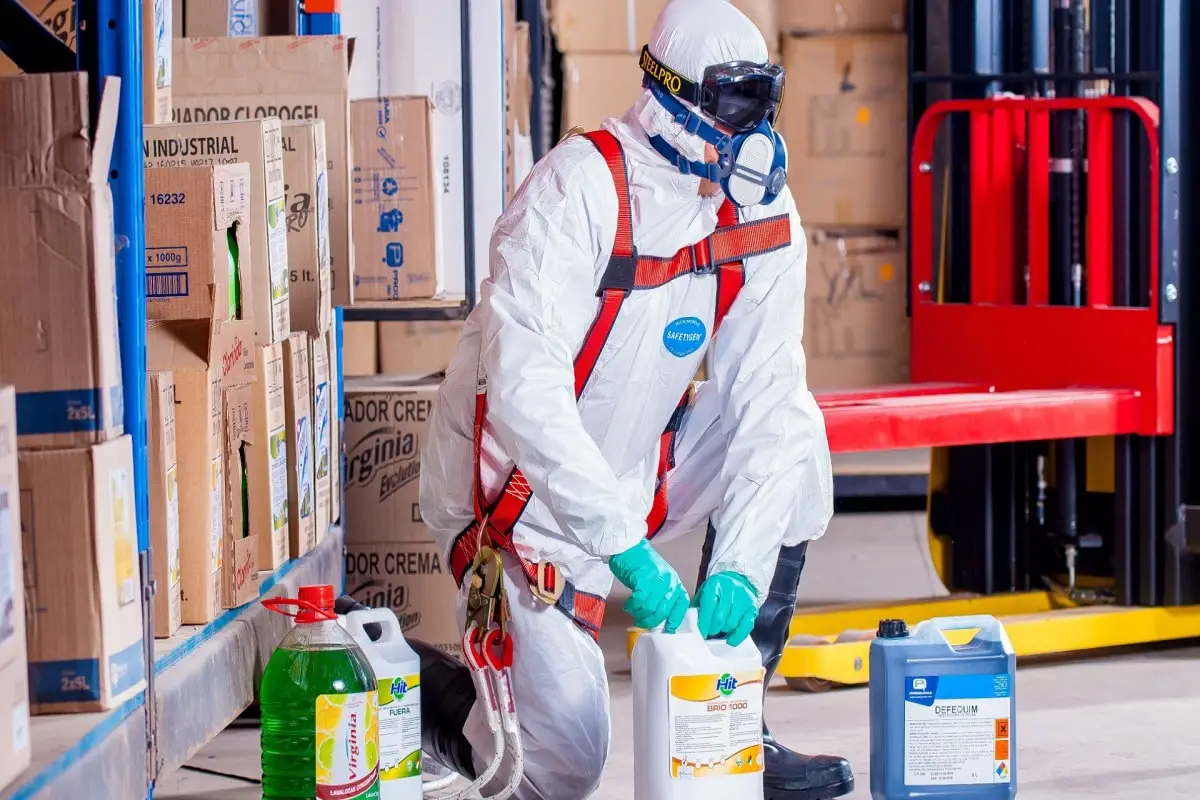


Guide To Hazmat Suit Levels Selectsafety Net
The right personal protective equipment (PPE) can help guard against excessive noise, flying debris, sharp objects, chemical spills and other workplace safety hazards From hard hats, respirators and gloves to earplugs, coveralls and fall protection, count on Grainger for the PPE to cover you crew from head to toeJan 28, 21 · Level A is designed to be used to safeguard one's eyes, lungs, and skin from liquids and gasses Level B Suits Protect against liquid splashes and require SCBA equipment This suit level does not provide as much skin protection as Level A, but still protects against liquid splash Level C Suits Protect against liquid splashes and require an APRHowever, the entire front of the gown (areas A, B, and C) is required to have a barrier performance of at least Level 1 Therefore, the areas outside of critical areas in the front of gown (ie, area C) can be Level 1 even though the whole gown is classified as Level 4 surgical gown
Part A Personal protective equipment is divided into four categories based on the degree of protection afforded (See Part B of this appendix for further explanation of Levels A, B, C, and D hazards) I Level A To be selected when the greatest level ofDemonstration of the correct steps involved in doffing Level C Chemical Personal Protective EquipmentThis video was produced in collaboration with Omaha MetJun 16, 18 · Chemical Decontamination PPE Level C 3M Breathe Easy Doffing Chemical Decontamination PPE Suit Support University of Nebraska Medical Center 42nd and Emile, Omaha, NE Contact UNMC
Personal Protective Equipment APR Air Purifying Respirator SCBA Self Contained Breathing Apparatus Level A PPE Totally encapsulated chemical resistant vapor suit with SCBA Level B PPE Nonencapsulated or encapsulated chemical resistant suit with SCBA Level C PPE Nonencapsulated chemical resistant suit with APR "COBRA" ComputerIt may be used as appropriate 1Dec 30, · Disposable protective suit The gloves and boots, depending on suit construction, may be worn over the totallyencapsulating suit Level B Level B PPE should be used when the highest level of respiratory protection is necessary but the skin is at less risk, with less protection needed for it Level B PPE is characterized by the following



Hazmat Suits Chemsuits



Ppe Biological Level C Doffing Youtube Youtube Music Videos Hazmat Suit
Level C protective equipment consists of 1 Air purifying halfmask or fullface respirators that have been approved by the National Institute for Occupational Safety and Health (NIOSH) 2 Chemicalresistant clothing, with hood twopiece chemicalsplash suit and disposable chemicalresistant overalls Click to see full answerThis suit is a form of Personal Protective Equipment (PPE) The protection level of the suits varies with the task and the level of risk involved Hazmat suits are designed to make sure that the wearer will not come into direct contact with or inhale any dangerous gases, organisms, orPPE Selection TECP suits (Level A) used where contact of skin by hazardous substances may result in an IDLH situation Level of protection increased or decreased when new information or conditions show it is necessary PPE shall be selected and used to meet requirements of 29 CFR 1910, Subpart I, and the rest of this section PPT
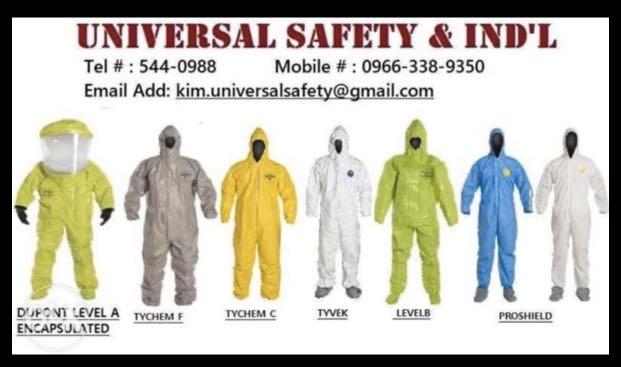


Hazmat Suit Coverall Suit Ppe Suit For Covid19 Health Nutrition Medical Supplies Tools On Carousell



Disaster Site Worker Safety Ppt Download
Protective Suit Level B/C (9) Apron (3) Protective Suit Level D (3) Protective Sleeves (2) Protective Suit Level A (2) Gown (1) Hard Hat (1) PPE Kit (1) If your plant has chemicals or hazardous material onsite, you're probably concerned about two things personal protective equipment and complying with safety gear regulations We share yourHowever, Level C protection is selected when, "the concentration(s) and type(s) Level B suits are worn with an SCBA, which may be inside or outside of the suit, depending on the type of suit (encapsulating or nonencapsulating) It provides protection against hazardous chemical splashes but does9 Disposable protective suit, gloves and boots (depending on suit construction, may be worn over totallyencapsulating suit) II Level B The highest level of respiratory protection is necessary but a lesser level of skin protection is needed The following constitute Level B equipment;



Ppe Kits That Will Help You Stay Safe When You Are Stepping Out Most Searched Products Times Of India



Man In Disposable Coverall Red Cloak Holding White Banner Worker In A White Personal Protective Hooded Apparel With Respirator Mask Suit Level C Vector Flat Style Cartoon Illustration Stock Vector Adobe
A typical Level C ensemble includes Fullface or halfmask, airpurifying respirator (NIOSH approved) Chemical resistant clothing (one piece coverall, hooded two piece chemical splash suit, chemical resistant hood and apron, disposable chemical resistant coveralls) Gloves, outer, chemical resistantSep 19, 19 · Level B protection is similar to Level A, except that the full body suit provides liquid splash protection but no protection against vapors Level C During normal operations, hazardous materials levels are kept within the Permissible Exposure Limits (PELs) established by OSHA and Level C protection is sufficient for concentrations within theseMar 31, 18 · Decon operations team members often wear Level C Chemical PPE when attending to a patient requiring chemical decontamination In this video we demonstrate the steps for Donning Level C Chemical Personal Protective Equipment with a 3M Breathe Easy PAPR


Safety First Series Process Operator Osha Level C 1 Ppe Protection Half Face Respirator 3d Warehouse


How To Select A Ppe Suit Covid And Beyond
Level C PPE Midlevel protection RESPIRATORY Halfmask or air purifying respirator;Jan 26, 17 · There are four levels of personal protective equipment Level A protection is required when the greatest potential for exposure to hazards exists, and when the greatest level of skin, respiratory, and eye protection is required Examples of Level A clothing and equipment include disposable protective suit, gloves, and boots Level BMay 22, 18 · Doffing Process for Level C PAPR Personal Protective Equipment (PPE) Checklist ⃝ Doffer One foot at a time, Step out suit and Red Bag/Contaminated Collection Area onto clean area and walk away ⃝ Doffer Remove inner gloves using the gloveinglove technique Discard in medical waste receptacle as directed



Equipment Selection And Use In Cbrn Operations Cbrnpro Net



Coverall Suit Stock Illustrations 394 Coverall Suit Stock Illustrations Vectors Clipart Dreamstime
OSHA/EPA Level B PPE Equivalent NFPA 1994 (07 ed) "Class 2" PPE ensemble worn with NIOSH CBRN SCBA OR NFPA 1971 (07 ed) "CBRN option" PPE ensemble worn with NIOSH CBRN SCBA OSHA/EPA Level C PPE Equivalent NFPA 1994 (07 ed) "Class 3" PPE ensemble worn with NIOSH CBRN APR/PAPR ORLevel C PPE is the ensemble of choice for first responders and first receivers caring for victims highly suspected to be contaminated with radiological material Level C PPE Respiratory Protection Hooded NIOSHcertified CBRN powered airpurifying respirators (PAPRs) ("allhazards PPE") with Assigned Protection Factor (APF) of ≥1000 includingLEVEL C Level C protection should be selected when the type of airborne substance is known, concentration measured, criteria for using airpurifying respirators met, and skin and eye exposure is unlikely Periodic monitoring of the air must be performed Personal Protective Equipment Fullface or halfmask, airpurifying respirator (NIOSH



Hazmat Suits Dupont Tyvek Suit Tychem Suit Hazmat Suit Coveralls Class A Disposable Lakeland Disposable Coveralls Kimberly Clark Kleenguard Ansell Alphatec 3m Disposable Protection



Personal Protective Equipment Donning And Doffing Adapted From
Material, the appropriate level of PPE must be determined Level A is selected when the greatest level of skin, respiratory, and eye protection is required Level B is selected when the highest level of respiratory protection is necessary but a lesser level of skin protection is needed Level B may also be selected when site hazards cannot be fully assessed3 Level C is selected when theBOOTS Disposable boot covers;Oct 01, 15 · Level C requires similar garments to Level B Instead of an SCBA, an airpurifying respirator is sufficient Level C equipment also includes a hard hat and disposable, chemicalresistant outer boots Level D Does not constitute a 'Hazmat suit', requiring only specific work clothing and eye (splash) protection



Ppe Image Gallery Dermal Protective Equipment Civilian Radiation Emergency Medical Management
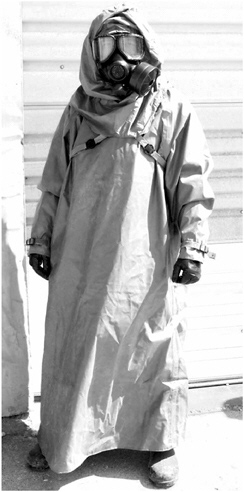


2 A Non Stockpile Facility And Two Mobile Treatment Systems Impact Of Revised Airborne Exposure Limits On Non Stockpile Chemical Materiel Program Activities The National Academies Press
Level C Level C PPE is similar to Level B;Personal Protective Equipment (PPE) things worn to protect wearer from harmful contaminants in the environment Main function of PPE is to provide a shield Level B or C suit Technical Decon Technical Decontamination – This is the highest level of decontamination available in the fieldLevel C protection should be selected when the type of airborne substance is known, concentration measured, criteria for using airpurifying respirators met, and skin and eye exposure is unlikely Periodic monitoring of the air must be performed The following constitute Level C equipment that should be used as appropriate
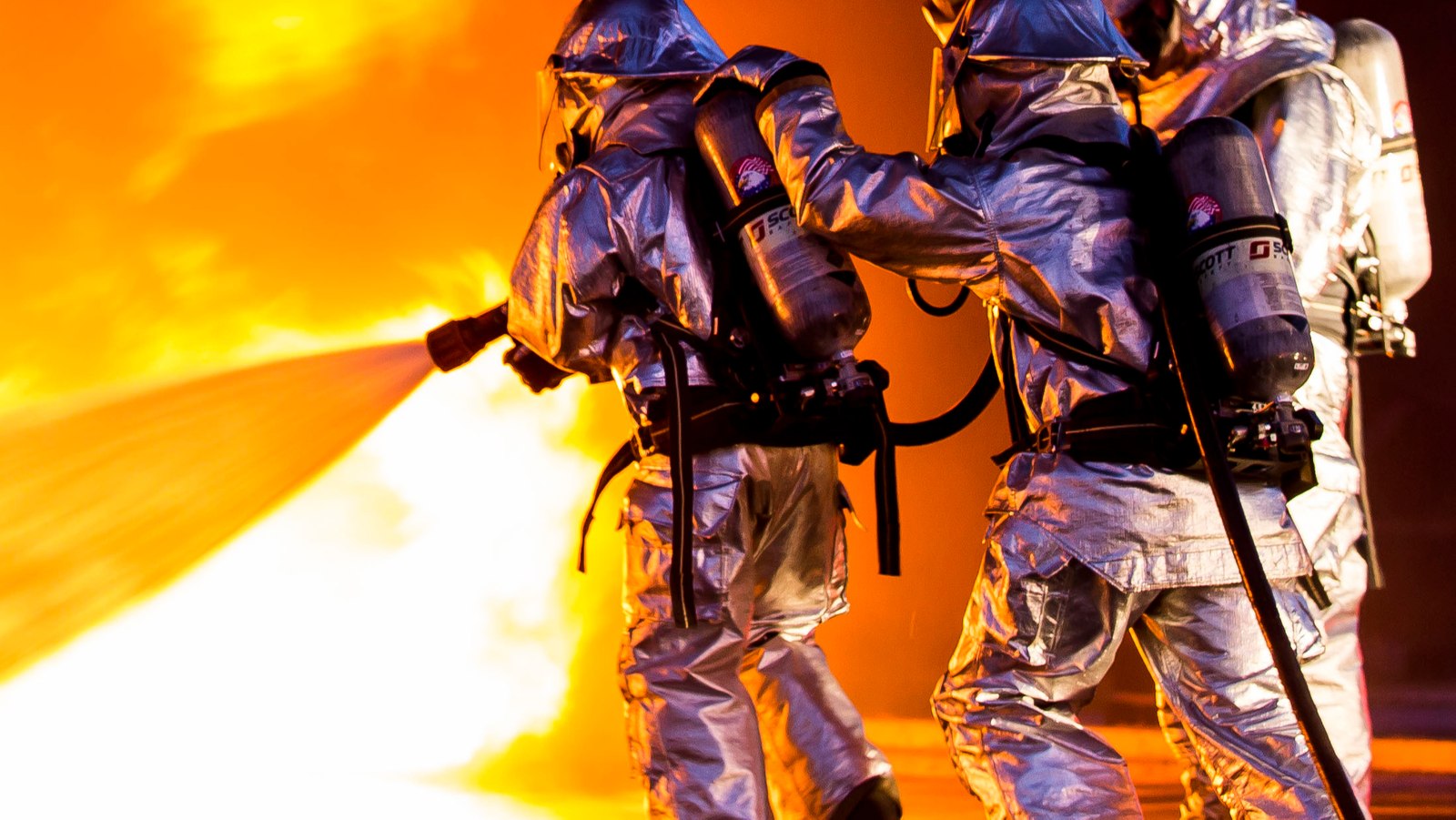


What Firefighters Need To Know About Proximity Fire Suits



Intraosseous Line Placement For Antidote Injection By First Responders And Receivers Wearing Personal Protective Equipment The American Journal Of Emergency Medicine
Contamination Zone Responders In response to a radiological incident (no other hazards), Level C PPE or Mission Oriented Protective Posture (MOPP) 4 (such as the Joint Service Lightweight Integrated Suit Technology (JSLIST)) provides adequate protection during first response, search and rescue, and decontamination (see Table 1) Level A with aJul 23, · The PPE for Level A protection includes complete encapsulated vapor and chemical protective PPE suits, air respirators, face masks, outer and inner chemicalresistant gloves, and disposable protective boots Level B This category requires the highest level of respiratory protection is required, and when minimal eye and skin protection areFace shield w/ goggles underneath;



Personal Protective Equipment Ppe American Veterinary Medical Association



Ppe Image Gallery Dermal Protective Equipment Civilian Radiation Emergency Medical Management
May 07, 21 · Most Level C PPEs contain a basic air respirator rather than a SCBA These suits are only suitable when the contaminated area is deemed safe for air purifying respirators That is, in areas with adequate oxygen levels Some examples where level C is worn may include laboratory, medical and healthcare settingsHowever, Level C protection is selected when, "the concentration(s) and type(s) of airborne substance(s) is known and the criteria for using air purifying respirators are met" (OSHAgov)This presentation will provide an introduction to Personal Protective Equipment (PPE) Levels, and donning (putting on) and doffing (removing) of PPE Level C that may beutilized in an animal disease emergency It is the responsibility of the veterinary responder



Top Hazmat Suit Manufacturers And Suppliers In The Usa



H9cjpuj2hanxfm
After a decon team member has assisted in the process of chemical decontamination, their personal protective equipment must be taken off in a controlled stepApr 01, 17 · After the appropriate level of PPE has been determined, the choice of CPC material must be considered The key is identifying the suit material that provides adequate protection against the chemical(s) used Two important factors in selecting the appropriate CPC are chemical resistance and suit design Chemical ResistanceA garment worn over clothing to protect the clothing worn underneath from hazardous materials and other elements Coveralls cover the entire front and back of the body as well as arms to the wrist and legs to the ankles Coveralls are generally sized and made of a variety of materials to accommodate different applications


Hazwoper Training Geeky Girl Engineer



Personal Protective Equipment Wikipedia
DuPont Level C & D Clothing Protection Helps hold PPE in place (sleeves, gloves, pant legs over boots, etc) Not a replacement for liquid or gastight barrier 2 in wide x 60 yards per roll Sold 12 rolls per case DuPont Tychem 00 Tape, 12/RollsLevel D PPE Minimal protection, dependent on situationDisposable protective suit, gloves, and boots Level B Level C protection is required when the concentration and type of airborne substances is known and the criteria for using air purifying respirators is met Typical Level C equipment includes General requirements (Personal protective equipment) , Eye and face protection



Presentation 5 Steps To Prevent Worker Exposure To



Protective Coverall Tychem 00 C Berner Safety
Level C – Includes coveralls or splash suits providing a lesser level of protection than Level B and are typically worn with a respirator or gas mask only Most firefighting clothing is level C It includes a pair of coveralls and chemicalresistant footwear with steel toe shoes and midsoleApr 03, 19 · Level C protection is required when the concentration and type of airborne substances is known and the criteria for using air purifying respirators is met Typical Level C equipment includes Fullface or halfmask, airpurifying respirator (NIOSH approved)Introduction to Personal Protective Equipment (PPE) Levels, and donning (putting on) and doffing (removing) of PPE Level C that may be utilized in an animal disease emergency It is the responsibility of the veterinary responder to understand the required PPE and use it correctly This information was derived from the
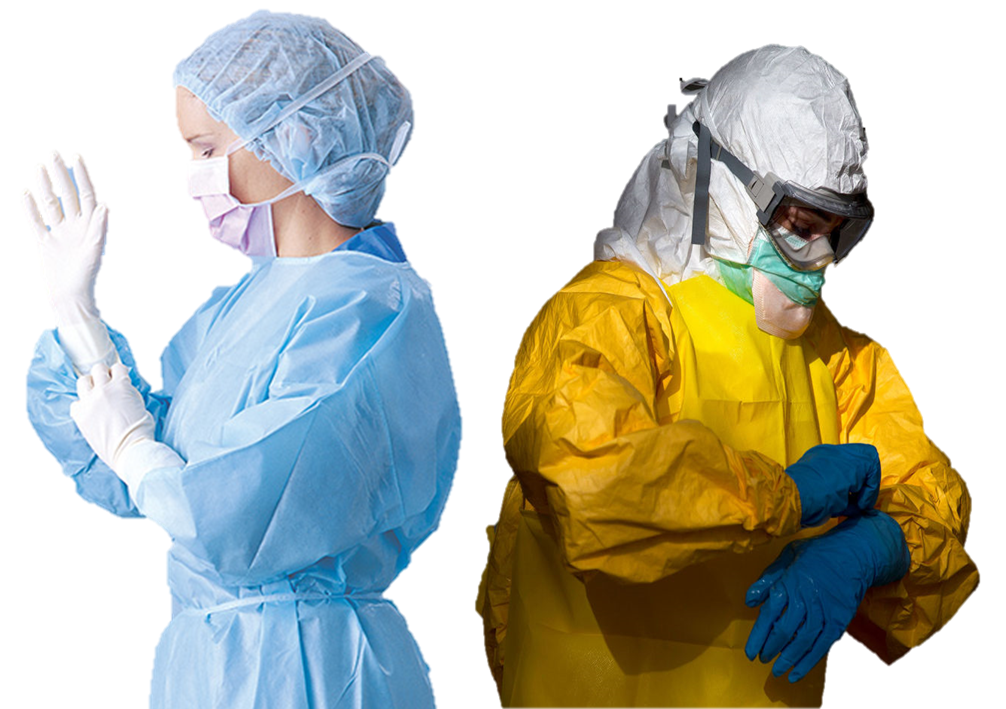


Personal Protective Equipment Ppe Safety Mds



H9cjpuj2hanxfm
Donning Level C PPE Pull on inner latex or nitrile gloves Then outer chemical resistant gloves Just InTimeTraining PPEOverview,DonningandDoffing Donning Level C PPE With a team member Tapeseal suit and boot junctions – Be sure to leave room to bend, walk, prevent ripping Just InTimeTraining PPEOverview,DonningandDoffing Donning Level C PPE
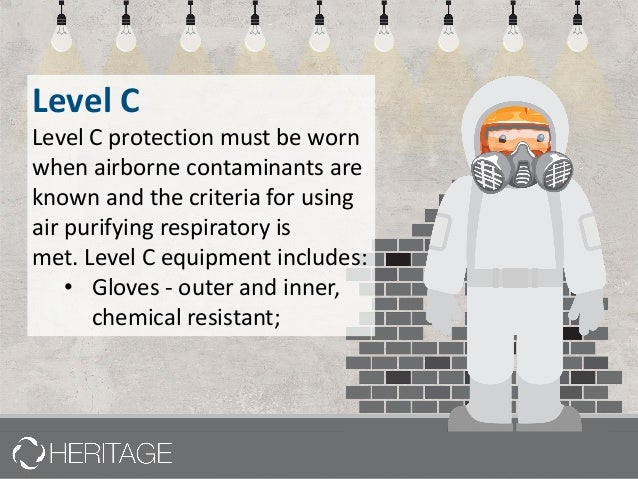


Ppe Levels
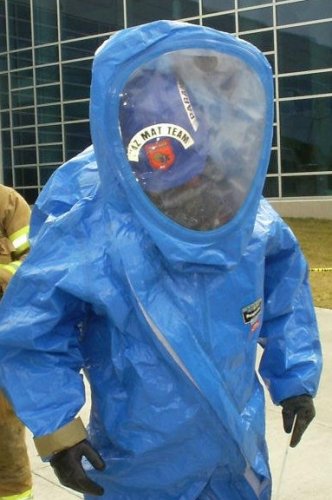


Comparing Levels Of Ppe Chemical Resistant Ppe For Workplace Spills



How To Choose The Right Arc Flash Ppe Van Meter Inc



Man Wearing Disposable Coverall Construction Set Worker In Personal Protective Hooded Apparel With Respirator Mask Suit Level C Tools And Equipment Cartoon Flat Style Infographic Illustration Stock Vector Adobe Stock



Guide To Hazmat Suit Levels Selectsafety Net
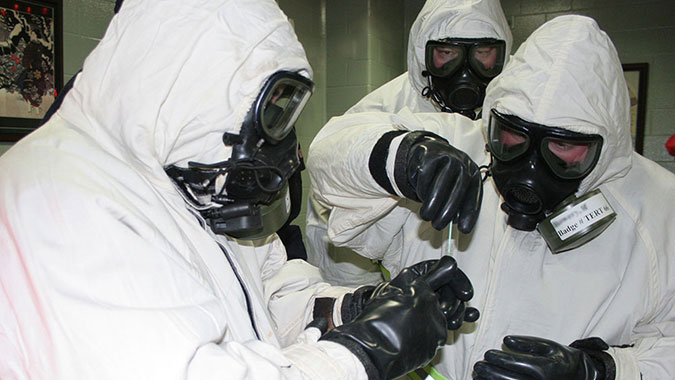


Healthcare Coalition News



Man Wearing Disposable Coverall With Sprayer Backpack Radiation Sign Worker In A White Personal Protective Hooded Apparel With Respirator Mask Suit Level C Vector Flat Style Cartoon Illustration Stock Vector Adobe
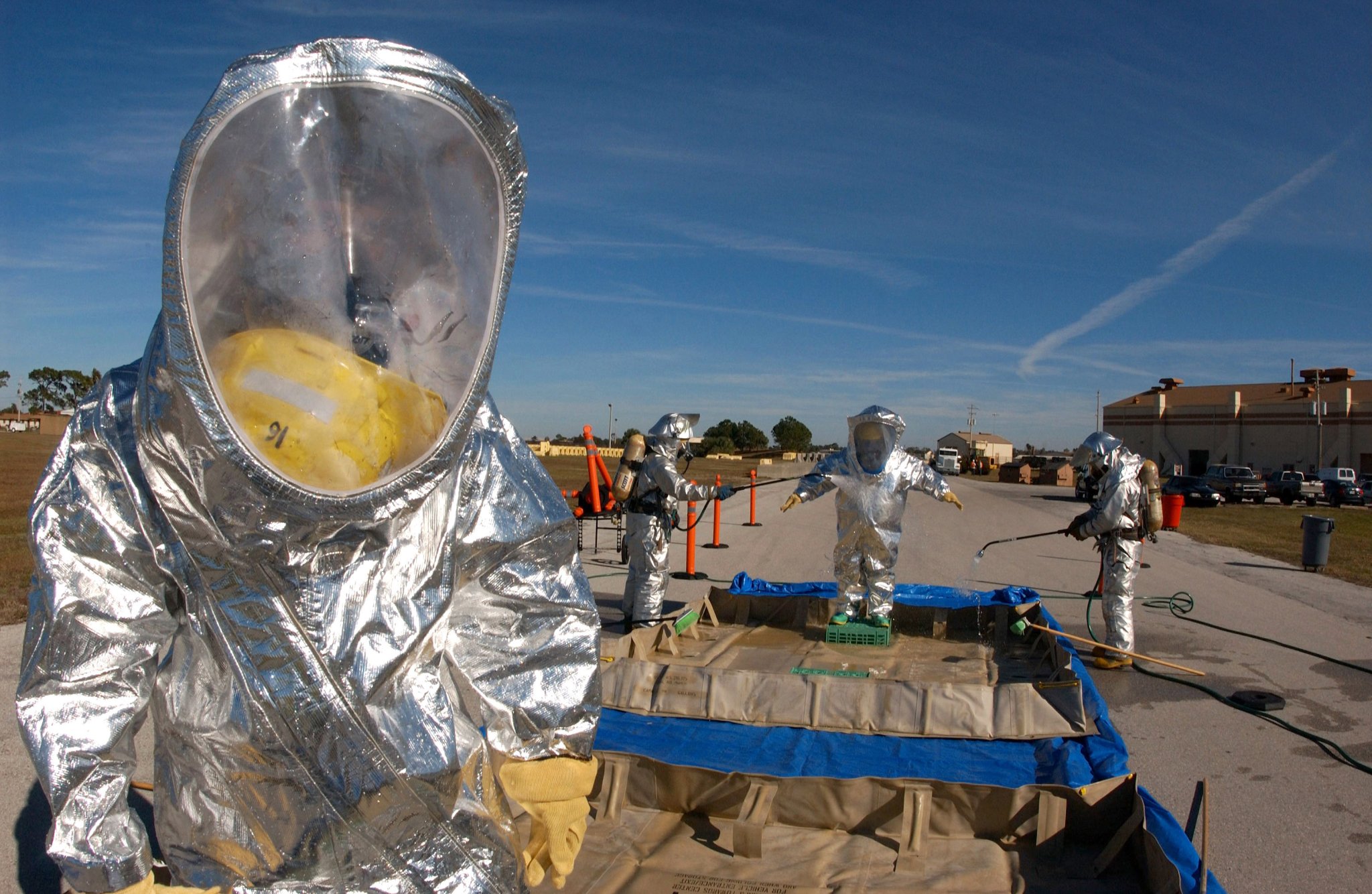


Hazmat Suit Wikipedia



Chemical Decontamination Ppe Level C 3m Breathe Easy Doffing Youtube



Satoshi Akima En Twitter South Korean Ppe Protocols From Level A To D With Instructional Videos First Up Is Level A Ppe Watch The Video Even If Like Me You Don T Understand



Demonstration Of Donning Putting On Personal Protective Equipment Ppe Youtube



Hqcbsfeeaoll M


Limiting Factors For Wearing Personal Protective Equipment Ppe In A Health Care Environment Evaluated In A Randomised Study



Level C Ppe Martin Shawn42 Flickr
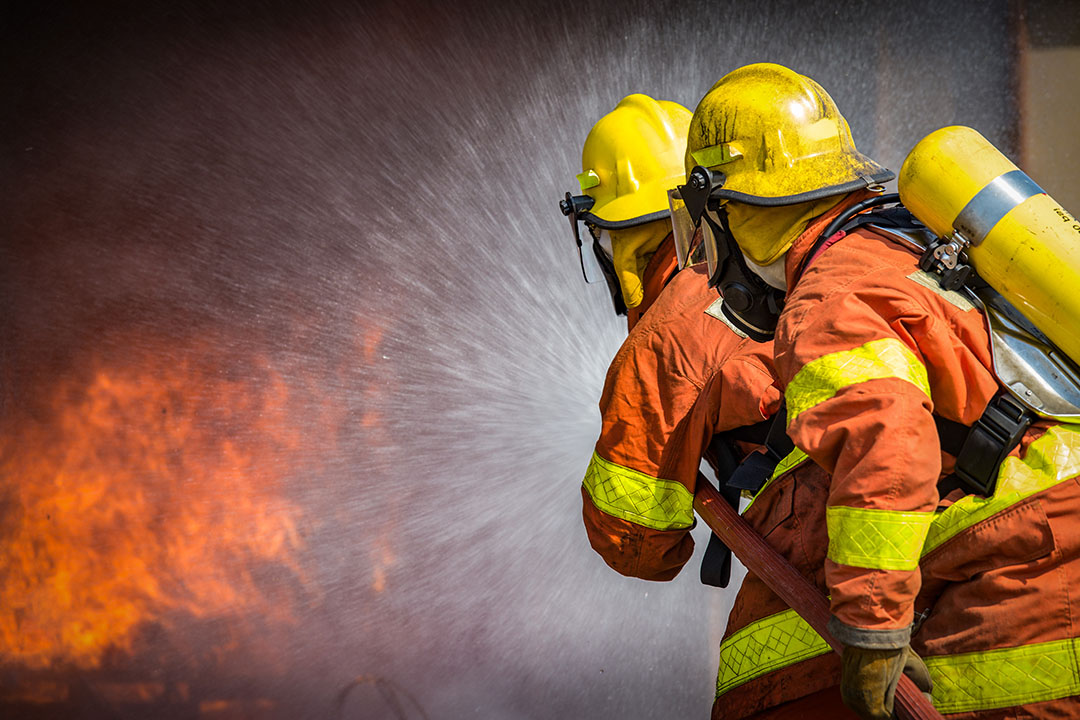


Personal Protective Equipment What It Is And When To Use It Safety Skills



A Novel Personal Protective Equipment Coverall Was Rated Higher Than Standard Ebola Virus Personal Protective Equipment In Terms Of Comfort Mobility And Perception Of Safety When Tested By Health Care Workers In
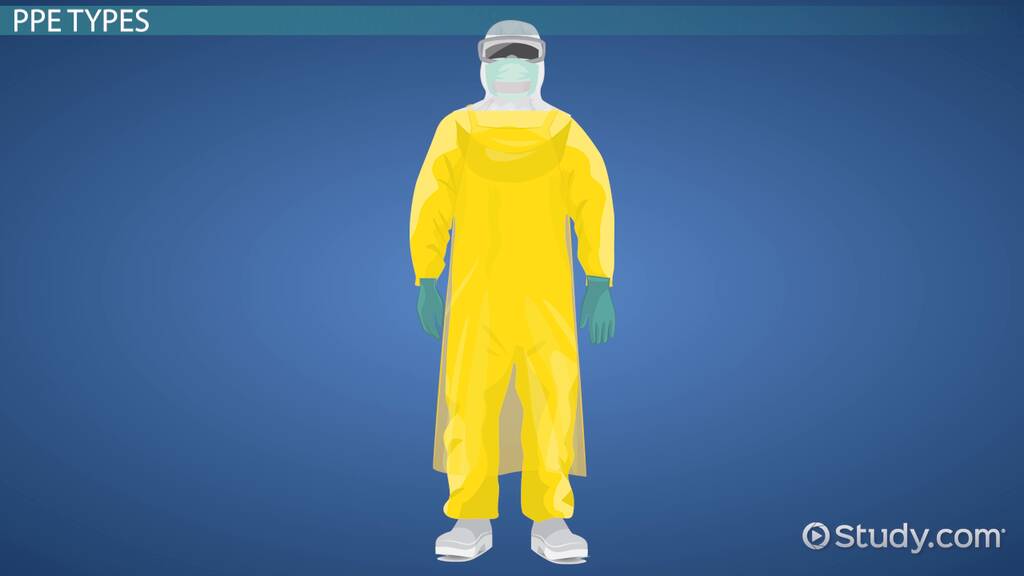


Types Of Personal Protective Equipment Video Lesson Transcript Study Com



Personal Protective Equipment Ppt Download
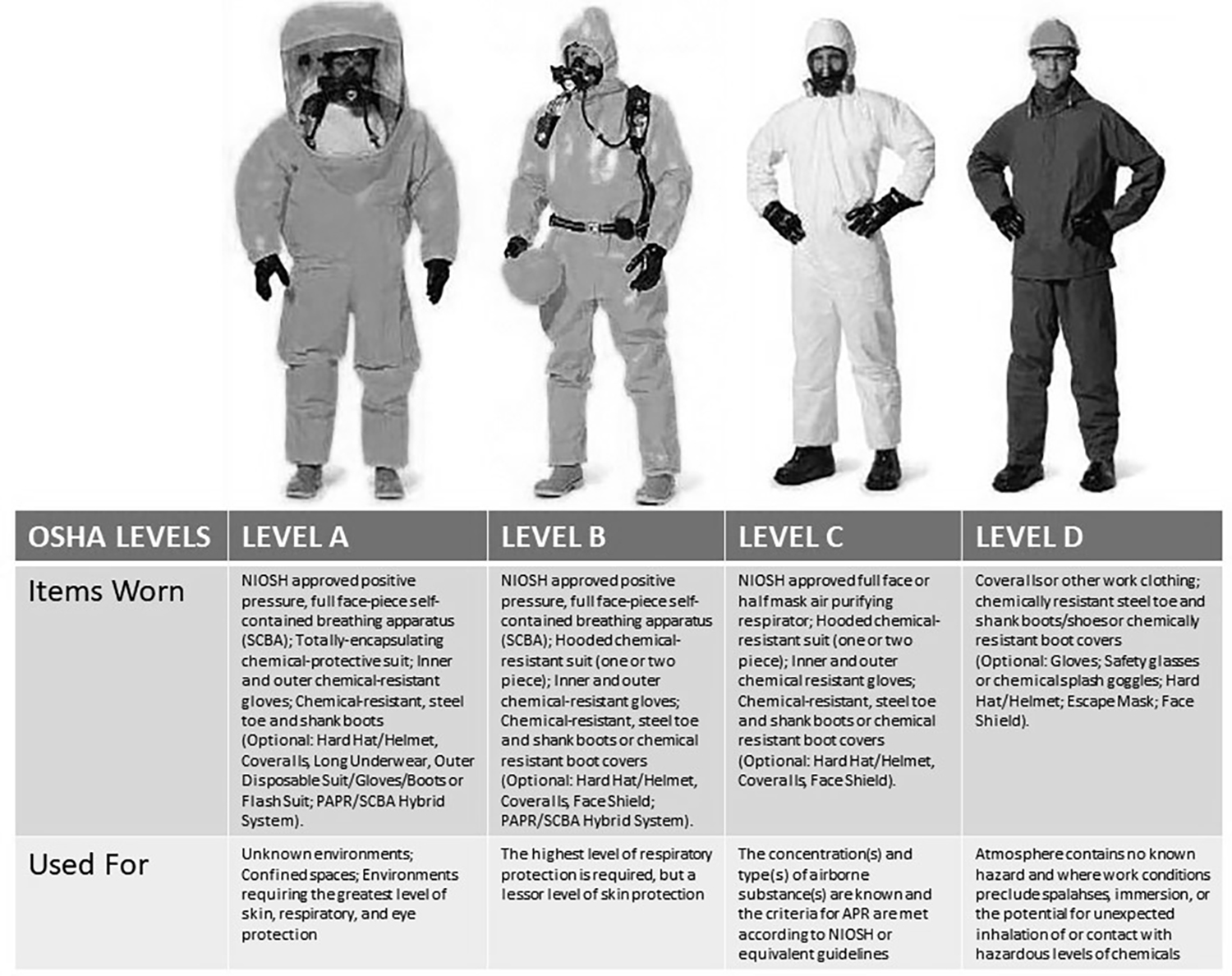


Equipment Selection And Use In Cbrn Operations Cbrnpro Net



Hazmat Suits Levels Of Protection Hazwoper Osha
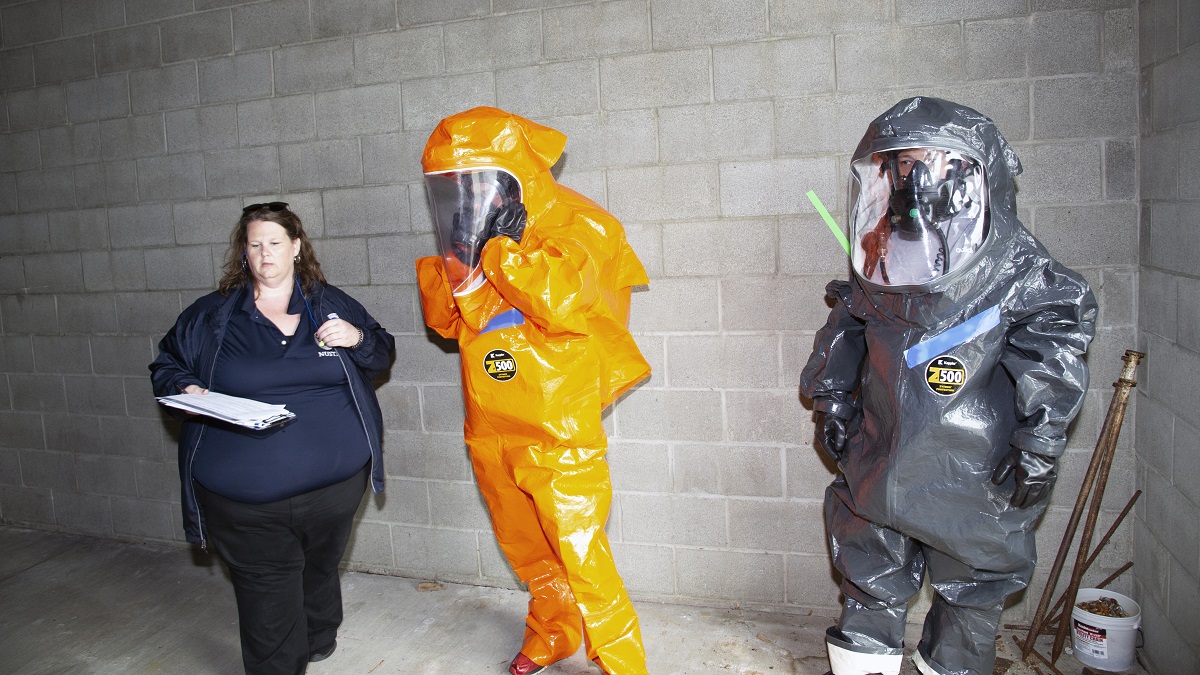


Snapshot S T Assesses In Suit Communications Equipment Homeland Security



The Ultimate Guide To Hazmat Suits Ready To Go Survival



What Are The 4 Levels Of Ppe Ppe Levels Eyeweb



Ppe Image Gallery Dermal Protective Equipment Civilian Radiation Emergency Medical Management
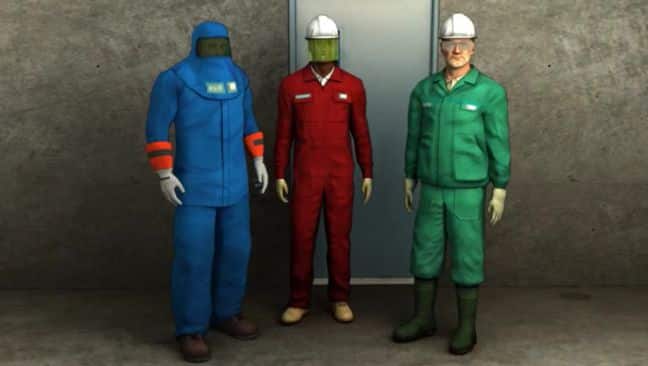


Arc Flash Ppe Suit Clothing Gloves And Face Shield Vector Solutions



Ppe Image Gallery Dermal Protective Equipment Civilian Radiation Emergency Medical Management



Ppe Chemical Level C Doffing Youtube



Personal Protective Equipment Ppe Smu Risk Management



Ppe Levels Of Protection Heritage



Ppe Chemical Level B Donning Youtube
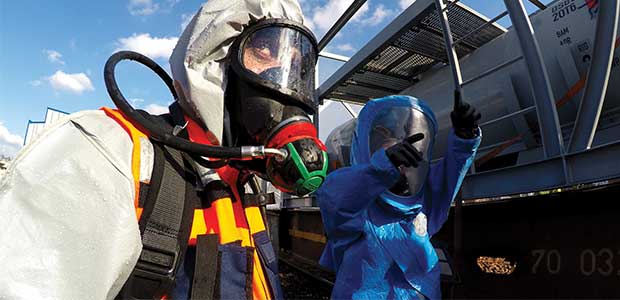


Limiting The Risk Of Exposure To Hazardous Materials In The Workplace With The Correct Use Of Ppe Occupational Health Safety
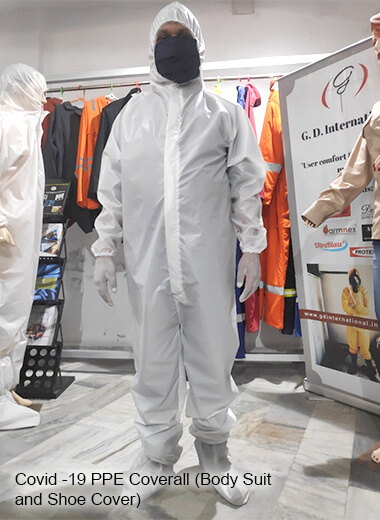


Press Release Indian Institute Of Technology Delhi



Ppe Hazmat Suits Your Complete Buyer S Guide



Hazardous Materials Ppe By Paths



Heroes Emergency Preparedness Education And Training



Safe Search International Putting People First



Personal Protective Equipment Stock Photos And Images 123rf



Man In Hazmat Protective Clothing Disposable Coverall With Sprayer Royalty Free Cliparts Vectors And Stock Illustration Image



Moses Fps Attention Due To The Quick Spread Of Covid 19 The Government Has Advised That You Wear Level A Hazmat Protection At All Times Until Further Notice T Co Dkt1hn4gwb
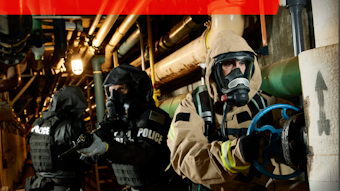


Safety Health Ppe Chemical Hazmat Gear Firehouse
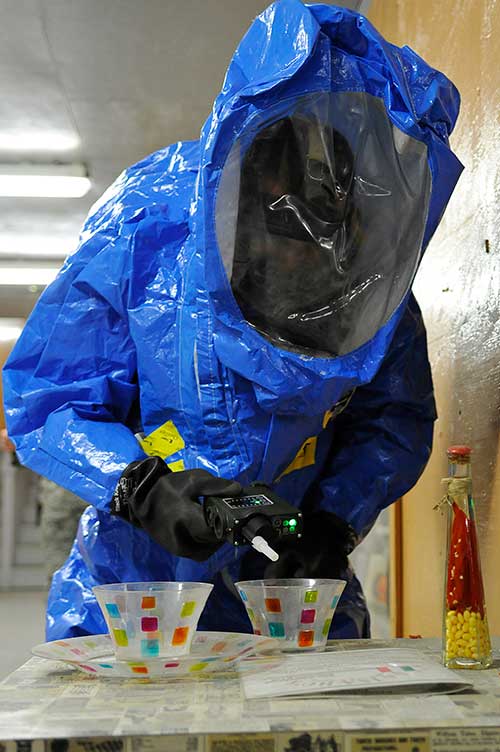


Hazmat Protection Levels National Environmental Trainers
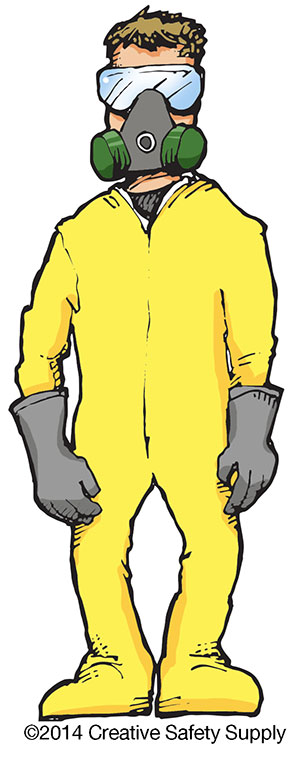


Ppe Personal Protective Equipment Safety Standards


Electrical Shock And Arc Flash Ppe Overview
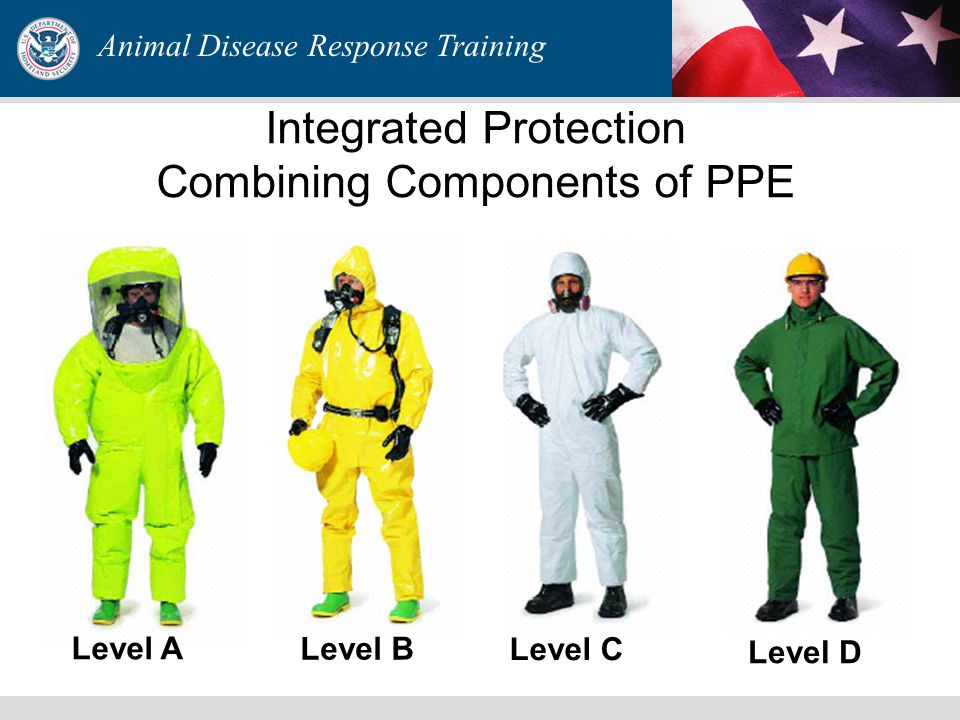


Scope Statement This Lesson Provides Responders With Information Regarding Procedures For Selection Inspection And Safe Use Of Appropriate Personal Protective Ppt Video Online Download
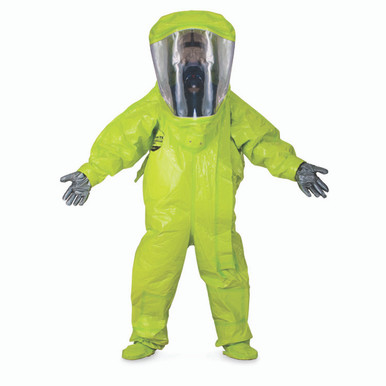


Rh Uur4d8qdmtm



Bio One Ppe Training Video Youtube
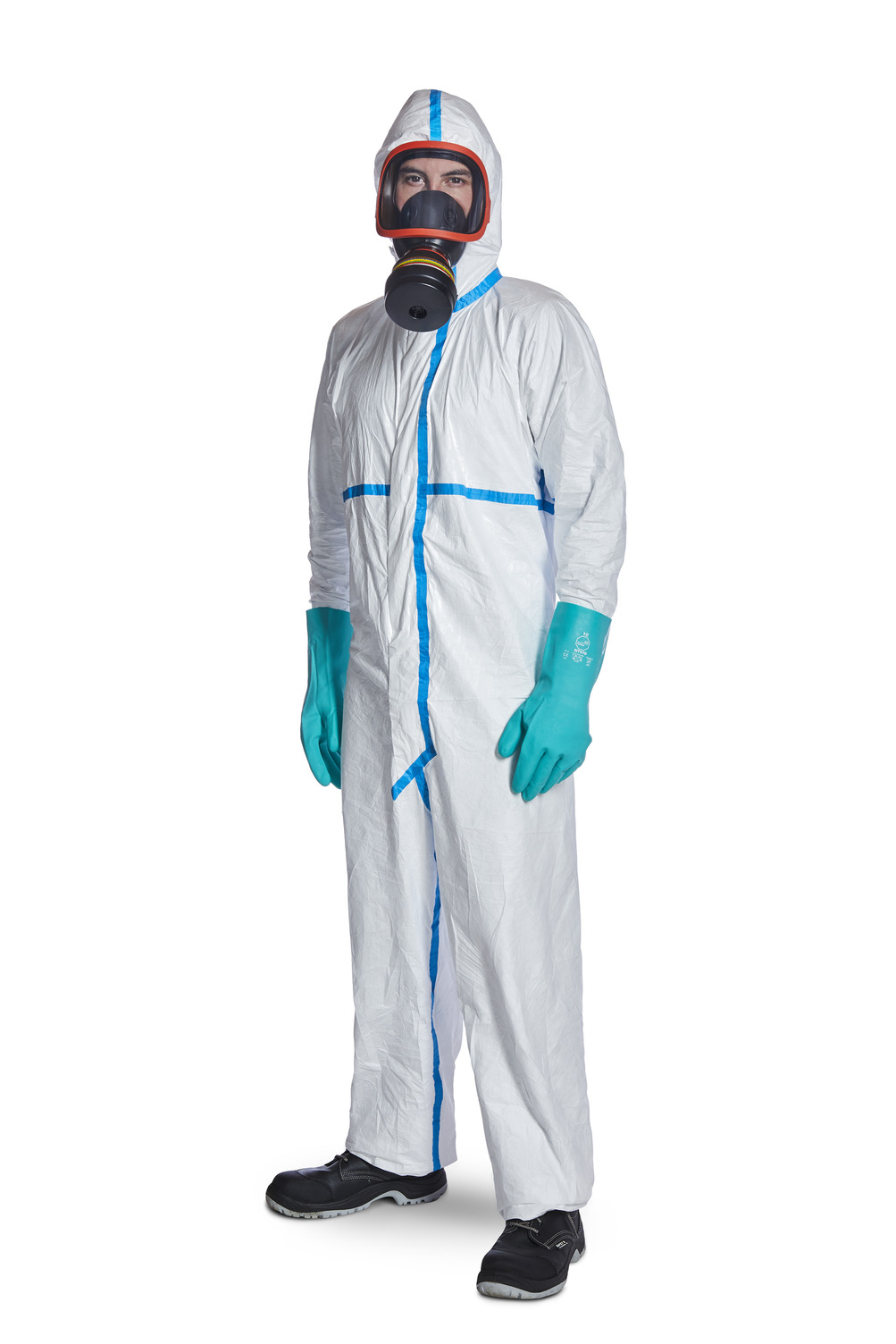


Tyvek 500 Xpert



Ppt Personal Protective Equipment Ppe Powerpoint Presentation Free Download Id
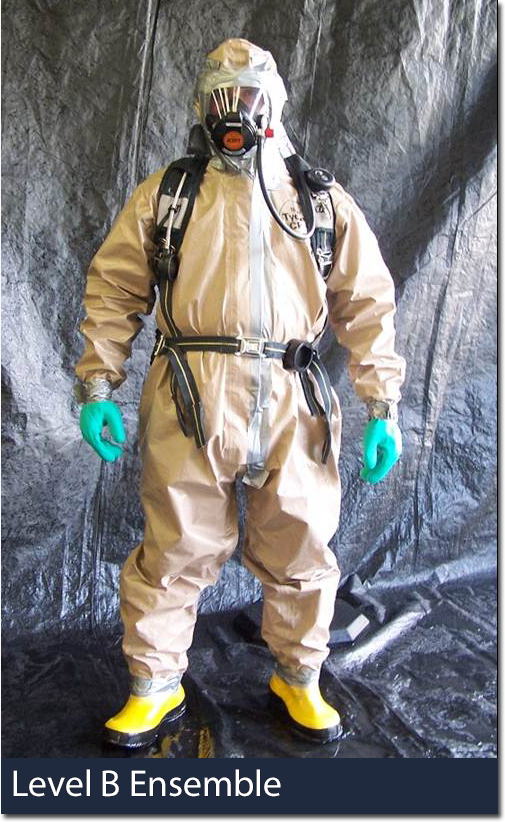


Ppe Overview



Comparing Levels Of Ppe Chemical Resistant Ppe For Workplace Spills
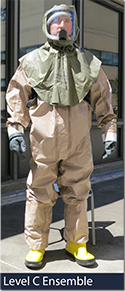


Ppe Overview



Personal Protective Equipment Ppe Jorge M Ruano Rossil Ph D



Ppe Protective Suit Caremile 대한민국



Hazardous Materials Ppe By Paths



A Novel Personal Protective Equipment Coverall Was Rated Higher Than Standard Ebola Virus Personal Protective Equipment In Terms Of Comfort Mobility And Perception Of Safety When Tested By Health Care Workers In



C B C B R N E Mci
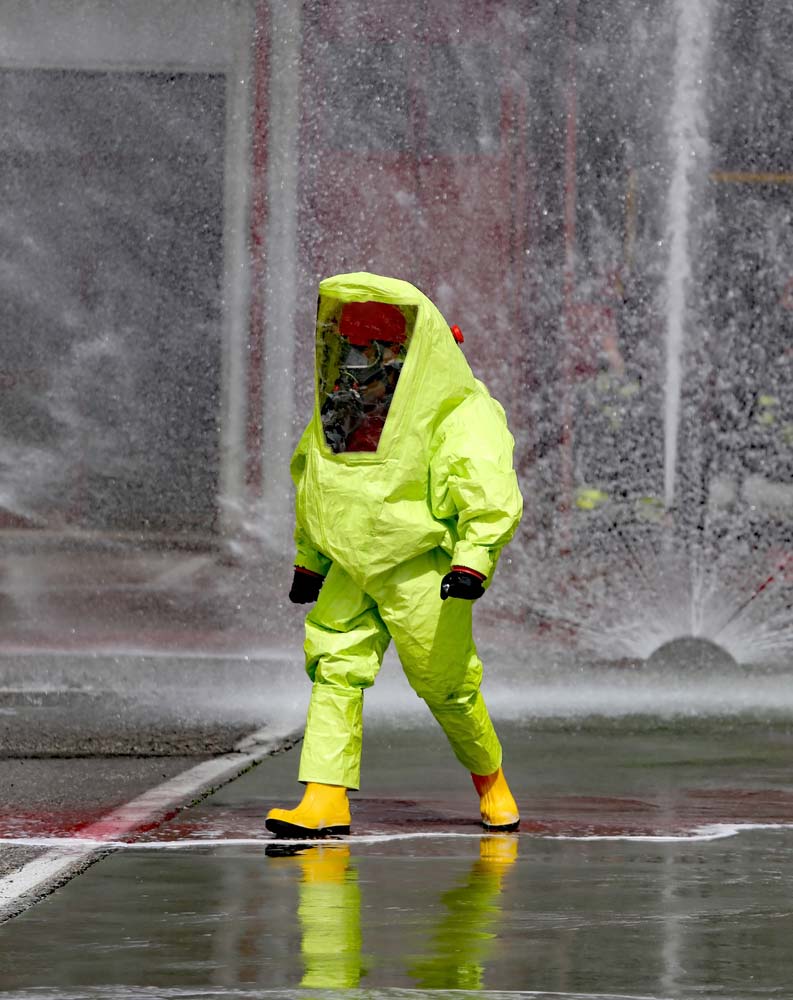


Hazwoper Personal Protective Equipment Levels For Employees



What Is Cbrne National Environmental Trainers
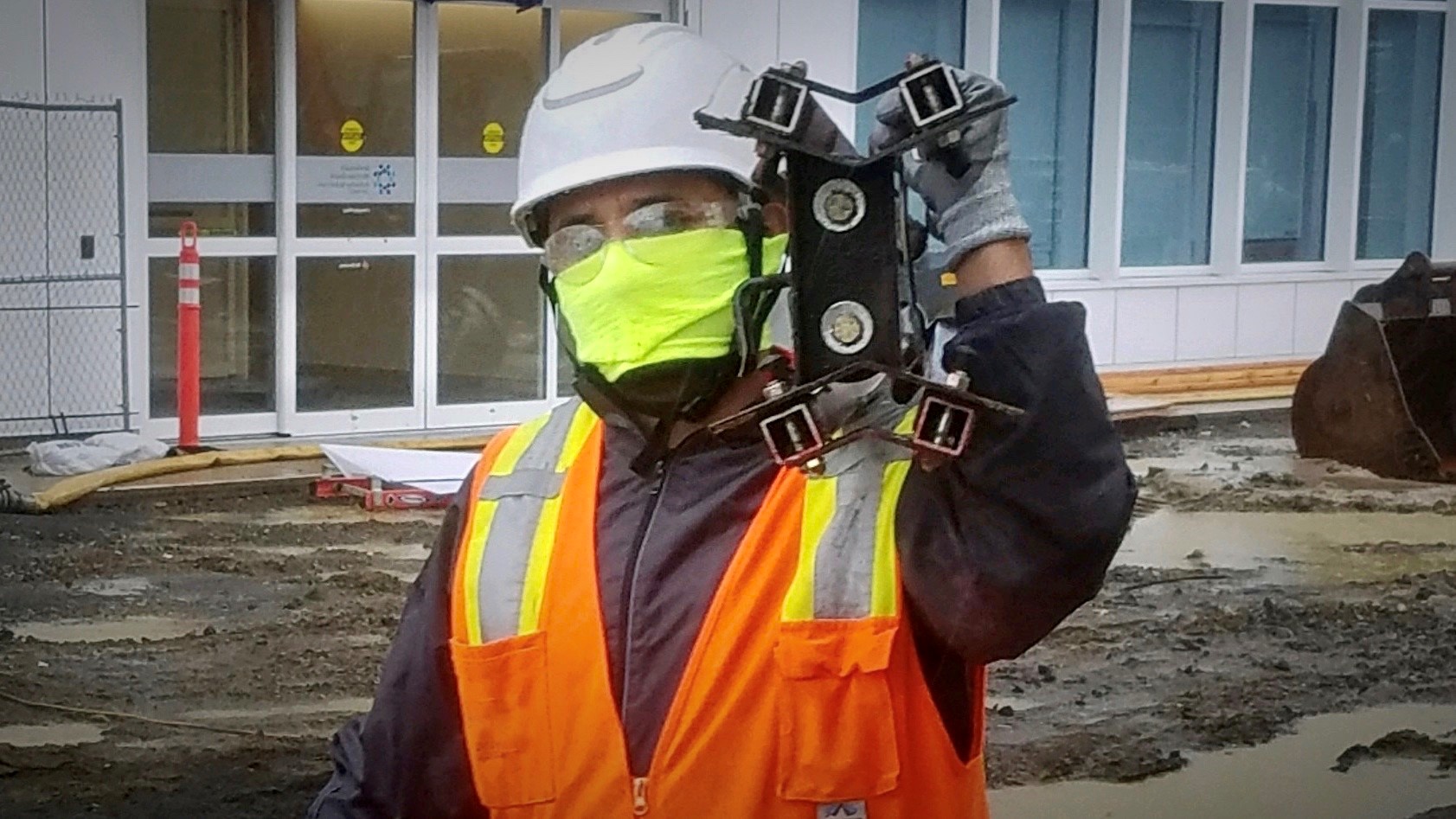


Covid 19 Control And Prevention Construction Work Occupational Safety And Health Administration



When Working Directly With Hazardous Waste
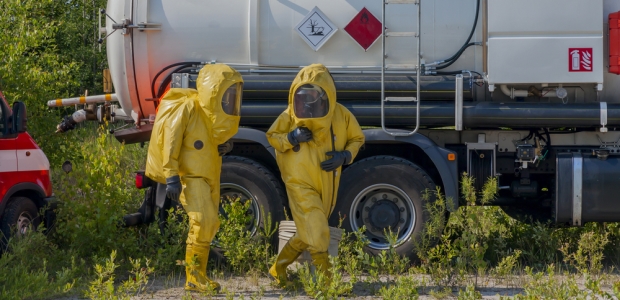


Hazmat Protection From Head To Toe Occupational Health Safety



The 4 Ppe Levels For Biohazard Remediation Cscu



Ppe Levels
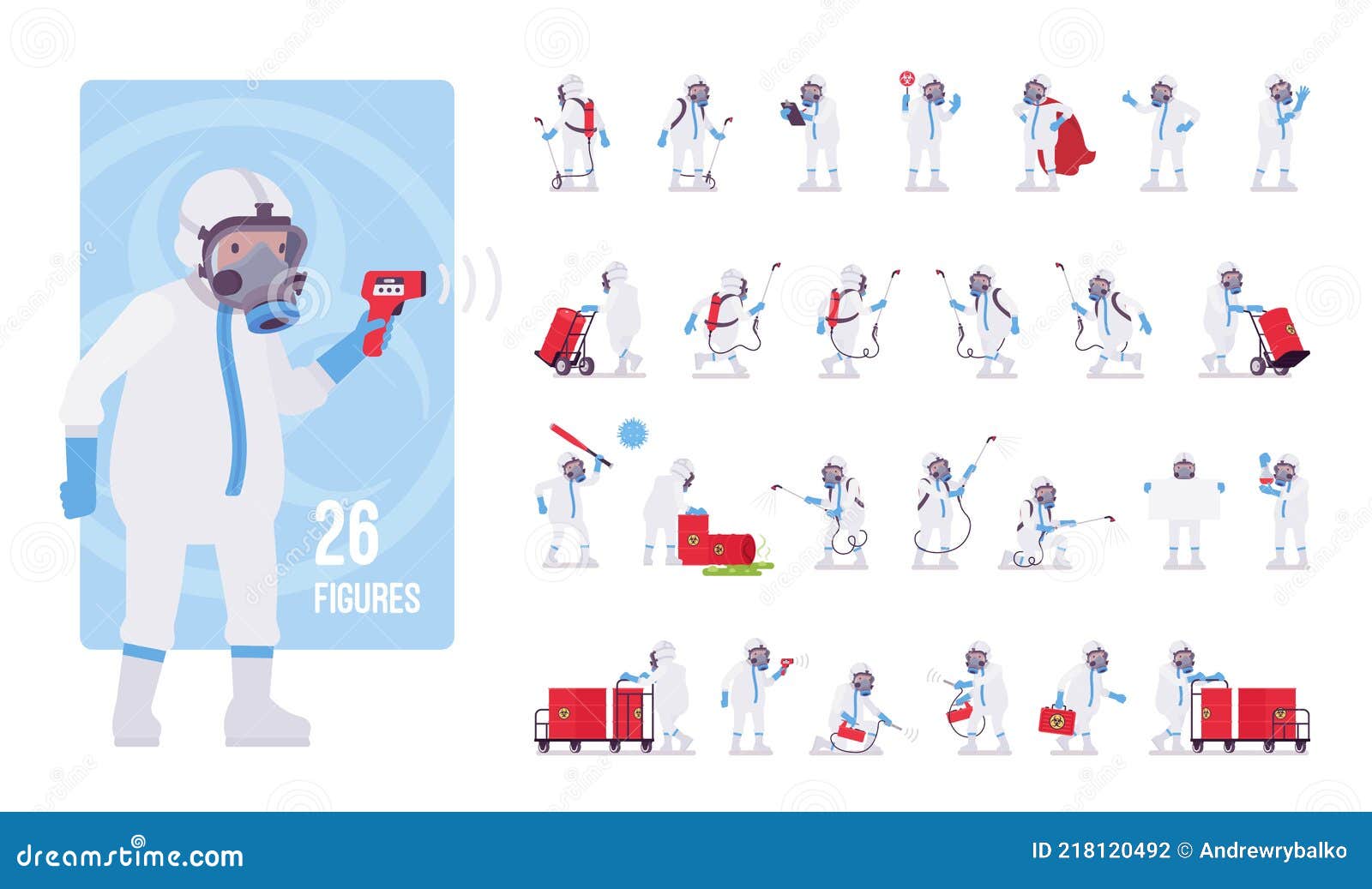


Coverall Suit Stock Illustrations 394 Coverall Suit Stock Illustrations Vectors Clipart Dreamstime



Personal Protection Equipment Ppe Safety Staying Safe At Work Draeger



0 件のコメント:
コメントを投稿